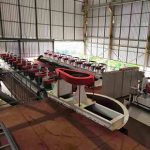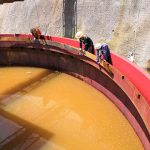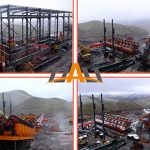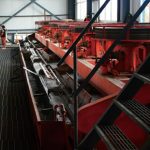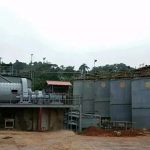The Role of Advanced Braking Systems in Underground Oil Tank Trucks
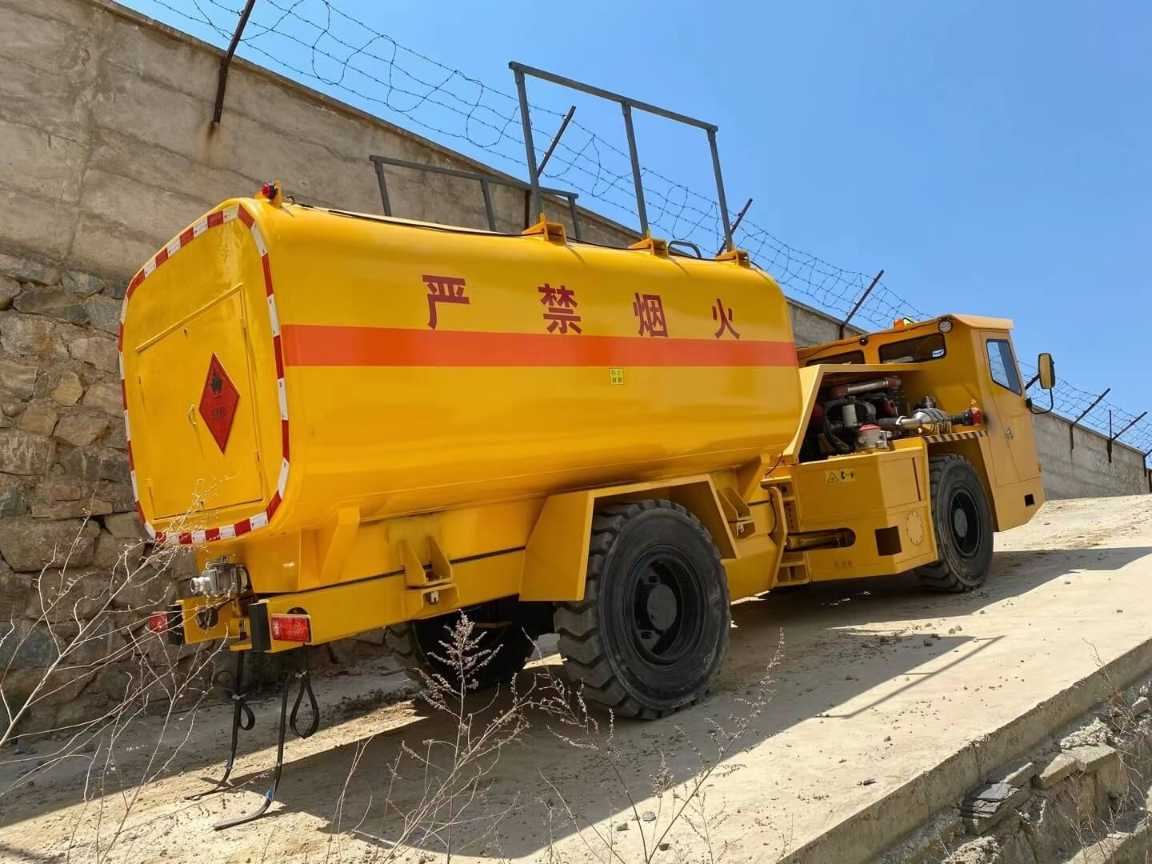
Keeping underground mining trucks safe is never only about power or load size. The braking setup is one of the most critical parts in any heavy duty mine vehicle. For underground oil tank trucks, which move large volumes of fuel through narrow tunnels, strong and dependable brakes are essential. Advanced systems like SAHR (spring applied, hydraulic release), when paired with traction control tools, give mines better safety, higher output, and more trust in daily work.
This article explains why brakes matter so much in underground oil transport. It also looks at different brake designs, their safety benefits, and how Qixia Dali builds these features into its oil tank trucks.
Why Braking Systems Are Essential in Subsurface Mining
Harsh and Confined Conditions
Underground mining takes place deep under the earth with shafts and tunnels. Roads are rough, space is limited, and light is poor. In these spaces, trucks must stop smoothly and turn safely, even with heavy loads. Weak or worn brakes can cause accidents fast, especially when trucks carry oil.
Safety Risks in Mining Operations
Mining underground has many dangers: rock falls, bad air, and sudden equipment failures. A truck full of oil that cannot stop in time could trigger fire or even explosions. Brakes must work in daily driving, but they must also react during sudden stops, blocked tunnels, or steep downhill paths.
Cost of Downtime and Accidents
When a truck fails below ground, the whole mine may stop. Repairs are hard in tunnels, and the loss of time is costly. Advanced brake systems lower these risks. They stop problems like overheating or quick wear before they shut down work.
Types of Braking Systems Used in Mine Vehicles
Service Brakes and Parking Brakes
Service brakes are used while driving. Parking brakes hold the truck in place when stopped. In many modern oil tank trucks, both are built into one system. This design is easier for drivers and gives more stable results.
SAHR Braking Technology
SAHR means spring applied, hydraulic release. If hydraulic pressure drops, the spring locks the brakes by itself. That way, even when a system fails, the truck does not roll. In underground tunnels, this feature adds an extra safety wall.
Four Wheel Braking with Traction Control
Today’s mine trucks often use four wheel drive with four wheel braking. When combined with NO SPIN differentials in the front and ANTI SLIP units at the rear, the truck grips better on wet or muddy ground. This gives more control in narrow or steep areas.
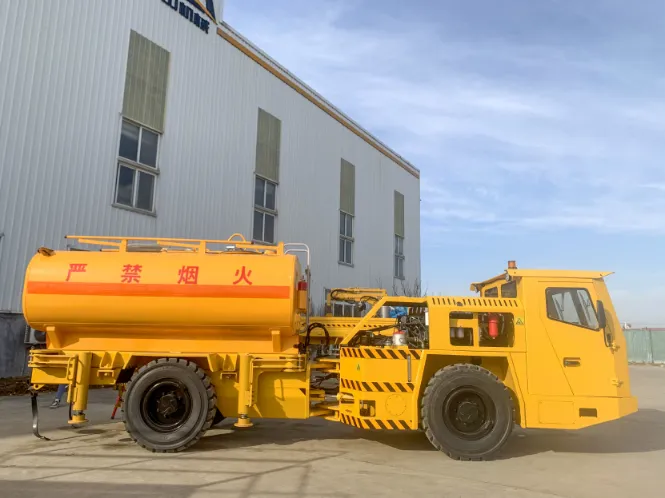
How Advanced Brakes Improve Mine Safety
Preventing Runaway Vehicles
Tunnels often have slopes and sharp turns. If brakes fail, a heavy truck may slide without control. SAHR braking locks the wheels even if pressure is gone, cutting the chance of runaway trucks.
Protecting Operators and Cargo
Oil loads raise the risk of damage in crashes. Good brakes let drivers stop faster and smoother. Along with low vibration cabins and ergonomic canopies, drivers stay safer and less tired.
Lowering Accident Rates
Accidents underground may block tunnels or start fires. Strong brake systems that react fast reduce these dangers. With fewer accidents, mines keep both people safe and work steady.
Links Between Braking and Other Vehicle Systems
Integration with Early Warning Systems
Modern brakes work with early warning alarms. If hydraulic levels fall or parts overheat, alarms ring to alert the driver. These systems cut down on sudden failures and give time for action.
Connection to Vehicle Structure
The articulated frame of an Underground Oil Tank Truck makes tight turns easier. But this design adds stress during braking. Advanced brake systems balance that stress and keep control steady in bends.
Role in Long Term Maintenance
Better brakes use stronger parts and cooling methods. This lowers wear on tires, axles, and gearboxes. Over time, it saves repair costs and makes trucks last longer.
Advanced Braking in Modern Underground Oil Tank Trucks
Key Features in Today’s Trucks
Modern underground trucks mix many systems. Service and parking brakes often work as one. SAHR adds backup safety. Four wheel braking plus NO SPIN and ANTI SLIP keep the truck stable. These are must haves in today’s mines, not extras.
Focus on Operator Comfort
Driver comfort links directly to safety. Long hours underground can make fatigue worse. Features like ergonomic canopy covers, seats, and low vibration cabins let drivers stay focused. A driver who feels less strain can react faster in an emergency stop.
How Qixia Dali Applies These Systems
Learn about them: Qixia Dali has made underground vehicles for more than two decades. Its oil tank trucks include SAHR braking, traction aids, and automatic alarms. Together, these systems raise safety and keep performance steady. For advice on what truck fits best, you can contact them.
The Wider Context of Mine Vehicle Safety
Growing Need for Automation
Mining is moving toward remote and automated fleets. Brakes need to send data in real time so managers can see issues early. SAHR and smart alarms match well with these changes.
Environmental Challenges Underground
Dust, water, and heat make it hard to keep brakes in shape. Systems need tough seals and materials to survive. By lowering risks of oil spills or leaks, brakes also protect underground water and land.
Economic Impact of Safer Vehicles
Safe trucks are cost saving trucks. Mines lose less time, pay fewer repair bills, and workers feel more secure. Strong brakes are an investment that pays back with higher uptime and smoother daily output.
Conclusion
In underground mining, brakes are not a small part. They are the main safety tool that protects both workers and trucks. Oil tank trucks face harder risks, tight tunnels, heavy liquid loads, and explosive cargo. Advanced brake systems like SAHR, four wheel braking, and traction features keep them safe. Companies such as Qixia Dali build these systems into their trucks, alongside early warning alarms and ergonomic cabs. With stronger safety and smoother control, advanced braking is shaping the future of underground transport.
FAQ
Q1: Why are brakes more important in underground oil tank trucks than in other vehicles?
Because these trucks move oil in tight tunnels, brake failure could cause fires, blasts, or blocked passages.
Q2: What is SAHR braking?
It means spring applied, hydraulic release. If pressure is lost, the spring locks the brakes by itself.
Q3: How do traction systems improve braking performance?
NO SPIN and ANTI SLIP parts give better grip on wet or rough ground. That makes braking more steady.
Q4: Can advanced braking reduce downtime?
Yes. By stopping failures early, these systems cut long stoppages and keep trucks working longer.
Q5: Do Qixia Dali trucks include automatic alarms with braking systems?
Yes. Many models have alarms for oil heat, oil pressure, and electric faults to support safe braking.
About Us
Qixia Dali Mining Machinery Co., Ltd was established in 1998, located in Yantai City.
The company is mainly engaged in the design, development, production, installation and training of underground mine equipment and ore processing equipment, spare parts supply and sales.
MoreContact Us
- Xinbang Rd, Private Economy Park, Qixia, Shandong Province, China
- +86 135 5307 3459
- ytdali@ytdali.com
 +86 13553073459
+86 13553073459
+86 13553073459
+86 13553073459
